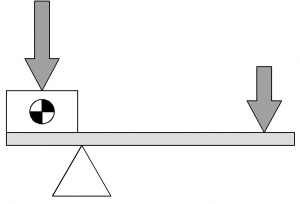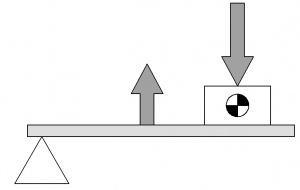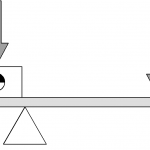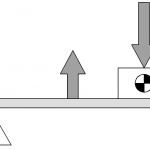A lever is a rigid beam that pivots around a fulcrum. Levers can exchange the amount of force it takes to move an object with the distance that the actuating force has to move. The relative distances from the fulcrum will affect the amount of this mechanical advantage. Levers can take many forms (such as gears), but they can be generally classified into three categories.
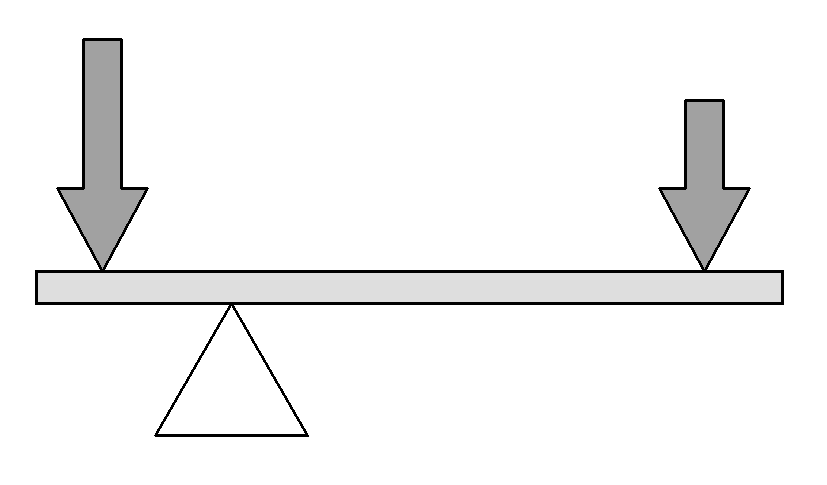
Levers can be linked together to work as a more complex arrangement called compound levers.

